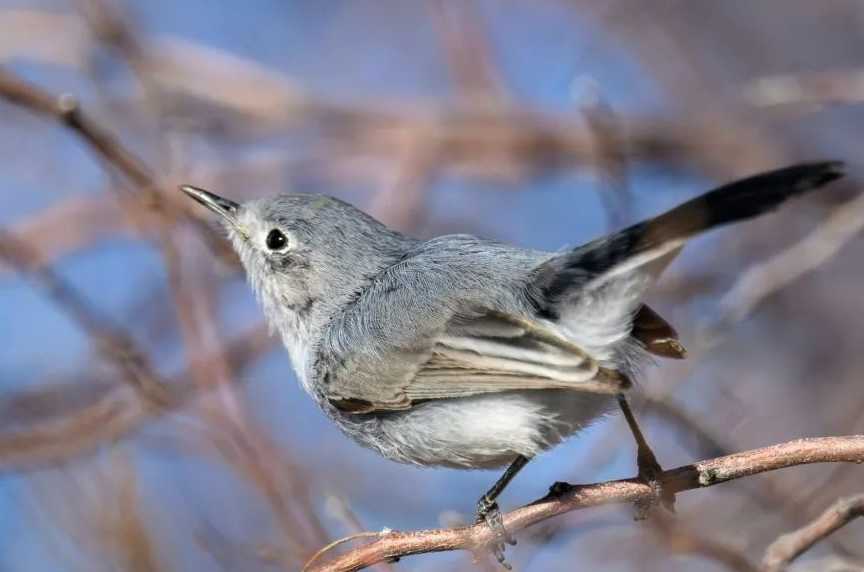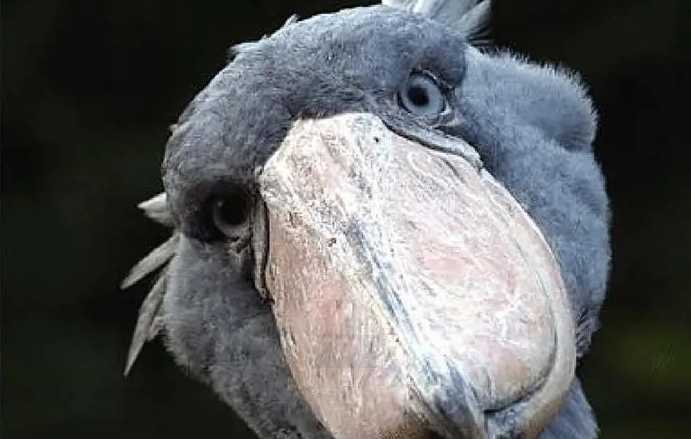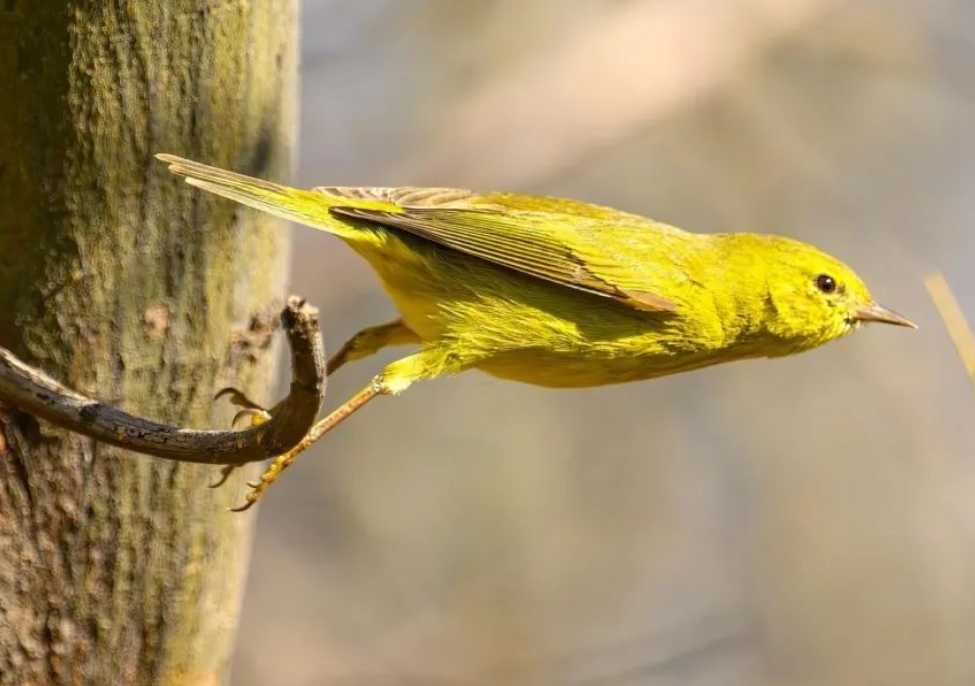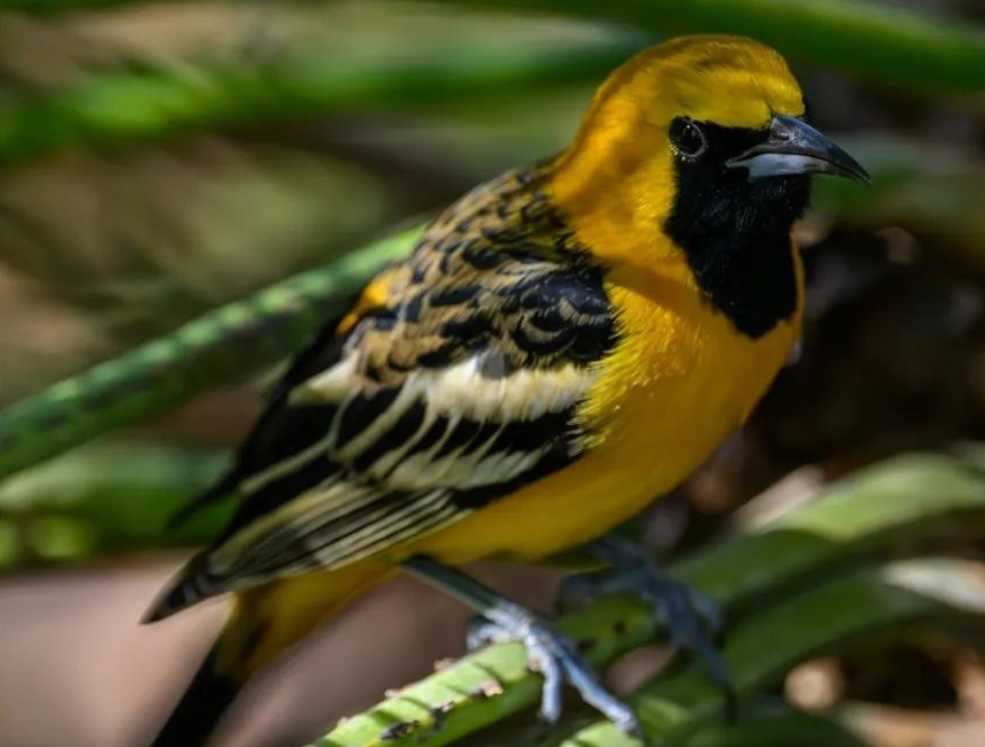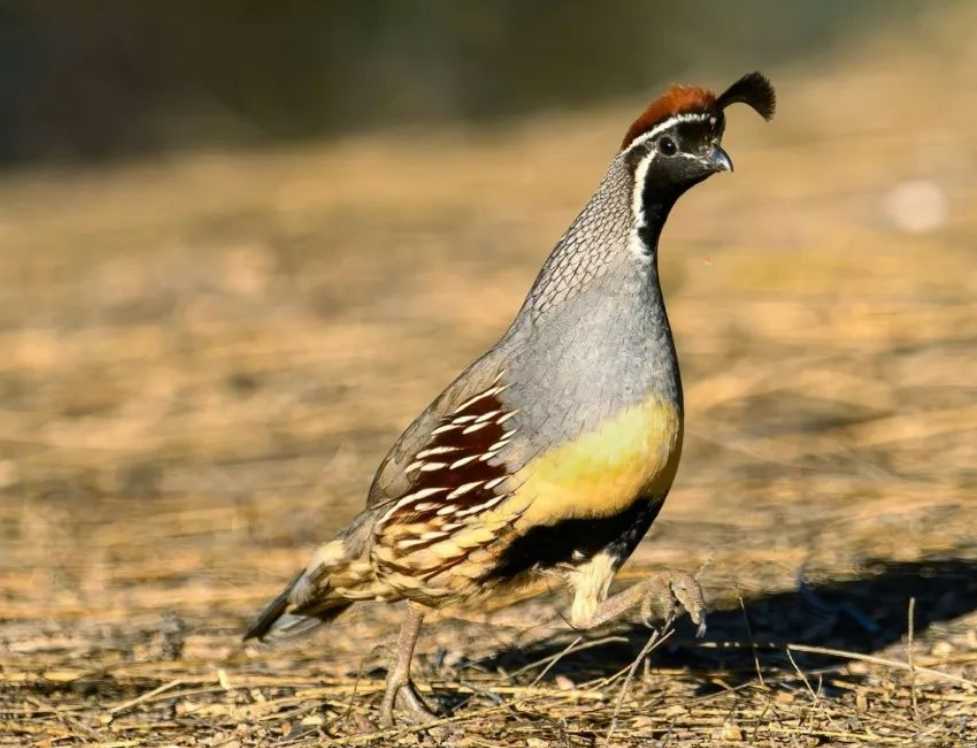The Black - Capped Gnatcatcher (Polioptila nigriceps) is a diminutive yet captivating bird that has fascinated ornithologists and birdwatchers alike. Native to the arid regions of the southwestern United States and northwestern Mexico, this species stands out for its distinctive appearance and unique ecological niche.
The Elusive Black - Capped Gnatcatcher: A Tiny Jewel of the Arid Southwest
The Black - Capped Gnatcatcher (Polioptila nigriceps) is a diminutive yet captivating bird that has fascinated ornithologists and birdwatchers alike. Native to the arid regions of the southwestern United States and northwestern Mexico, this species stands out for its distinctive appearance and unique ecological niche.
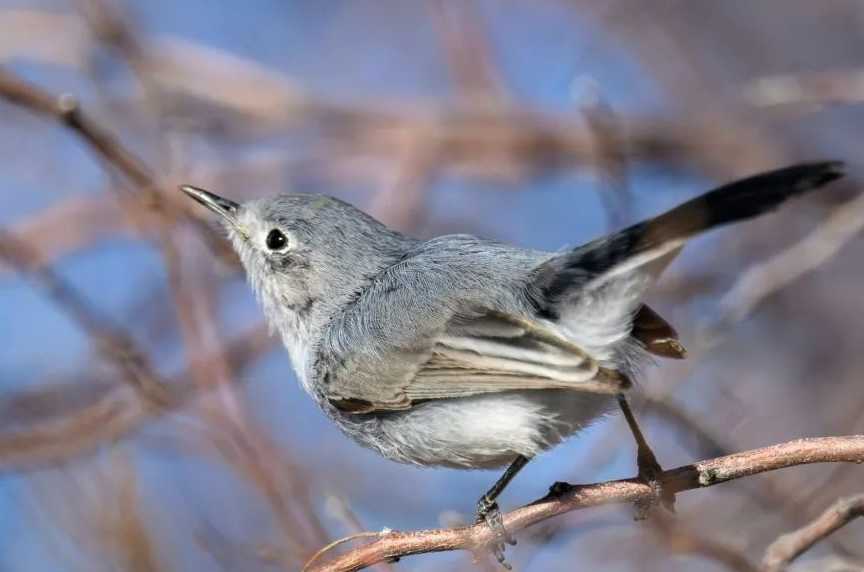
Source: Images from the Internet, if there is any infringement, please contact the removal of
Measuring a mere 10 - 12 centimeters in length, the Black - Capped Gnatcatcher is a small songbird. Males sport a striking black cap that contrasts sharply with their pale grayish - white faces, backs, and underparts. Their wings and tails are dark gray, with a faint white edging on the feathers, adding to their delicate charm. Females, while similar in overall shape, have a more subdued, brownish - gray cap, making them slightly less conspicuous. These tiny birds have slender bodies and long, narrow tails, which they often flick back and forth as they forage, giving them an animated and energetic appearance.
Inhabiting arid and semi - arid environments, the Black - Capped Gnatcatcher prefers thornscrub, mesquite bosques, and riparian woodlands. It is particularly associated with areas that have dense, low - lying vegetation, which provides ample cover and a rich source of its primary food: insects and spiders. Using its sharp eyesight and quick reflexes, it deftly snatches small invertebrates from leaves, branches, and even mid - air. During the breeding season, these gnatcatchers build intricate, cup - shaped nests. They construct these nests using fine plant fibers, spider silk, and bits of lichen, often attaching them to the outer branches of trees or shrubs. Females lay clutches of 2 - 3 tiny eggs, which they incubate for about two weeks. Both parents actively participate in feeding and protecting the chicks until they fledge.
Despite its adaptability to arid conditions, the Black - Capped Gnatcatcher faces threats. Habitat loss due to urban expansion, agriculture, and overgrazing has fragmented its populations. Invasive plant species also pose a challenge, altering the native vegetation that these birds rely on. Conservation efforts focused on preserving and restoring its preferred habitats are crucial for ensuring the survival of this enchanting species, allowing future generations to marvel at the beauty and agility of the Black - Capped Gnatcatcher in the wild.

